In 2025, several air forces around the world stand out not just for their capability, but for the extraordinary cost of procuring, operating, and maintaining their fighter jet fleets. Analysts estimate that five nations lead in terms of total cost burden—driven by high unit prices, large fleet sizes, and long-term sustainment. Here’s a breakdown of which air forces have the costliest fighter jet fleets, how those costs are composed, and what this means for global defence competition.
Background
Maintaining a modern air force with advanced fighter jets involves more than just the sticker price of aircraft. Whole-life costs—procurement, training, maintenance, fuel, parts, infrastructure, and personnel—often multiply initial outlays several times over. In recent years, nations acquiring fifth-generation and late-block 4/5 fourth-generation fighters have seen rapidly rising long-term costs.
The Top 5 Costliest Fighter Jet Fleets
Based on available public sources, budget filings, watchdog reports, and defense analyses, the following are the five air forces whose fighter fleets are the most expensive in 2025.
1. United States (US Air Force, Navy, Marine Corps)
- Factors driving cost: Very large fighter fleet (including F-35 variants, F-22 Raptors, F-15EX, other legacy types), high unit cost of newest jets, high operating & maintenance expenses, and substantial investment in R&D and upgrades.
- Examples/data points: Lockheed Martin delivered 110 F-35s in 2024 to the US and its allies; the US has ordered thousands more.
- Estimated whole-life costs: Not fully public for all fleets, but the F-35 program alone represents a multi-trillion-dollar lifetime investment when considering operations, support, upgrades and weapons.
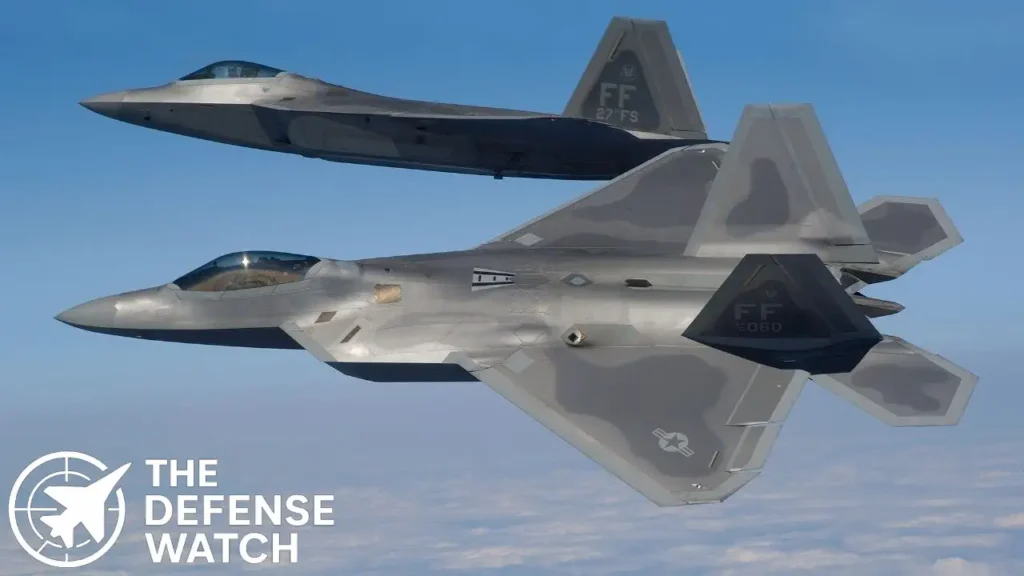
2. United Kingdom
- Key aircraft: F-35B Lightning II (Short Take-Off/Vertical Landing variant), planned total of 138 aircraft.
- Cost metrics: As of mid-2025, ~37 F-35Bs in service. The UK’s whole-life cost for its F-35 fleet is projected by the UK’s National Audit Office (NAO) to be approximately £71 billion (≈ $90-100 billion-plus depending on exchange rate) through to the jets’ planned retirement in 2069. This includes aircraft, maintenance, infrastructure, personnel, and fuel.
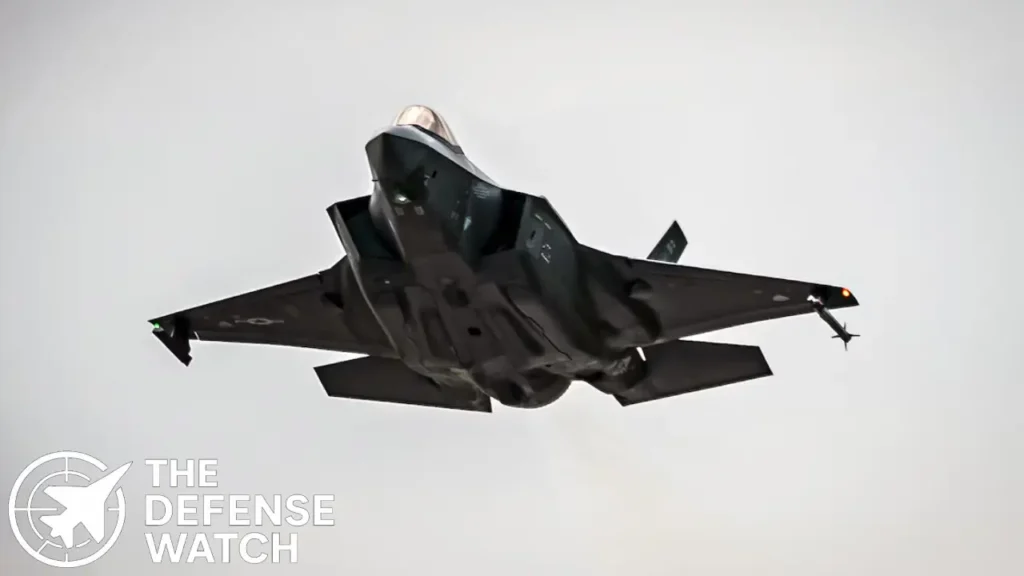
3. France (Dassault Rafale Operators) & Eurofighter Nations
- Aircraft types & unit costs: The Dassault Rafale has been priced in export deals between ~$115-125 million per jet depending on variant and package. The Eurofighter Typhoon similarly commands over $110 million in many recent deals.
- Fleet size and export orders: France, plus export customers such as UAE, India, Qatar, etc., mean large cumulative fleet values. The entirety of Eurofighter-Typhoon operators in Europe also carry major costs for upgrades, maintenance, and modernization.
- Whole-life burdens: While precise whole-life figures are less uniformly public, these air forces are among those with high recurring and upgrade costs, especially due to newer radar, weapons systems, and low observable enhancements.
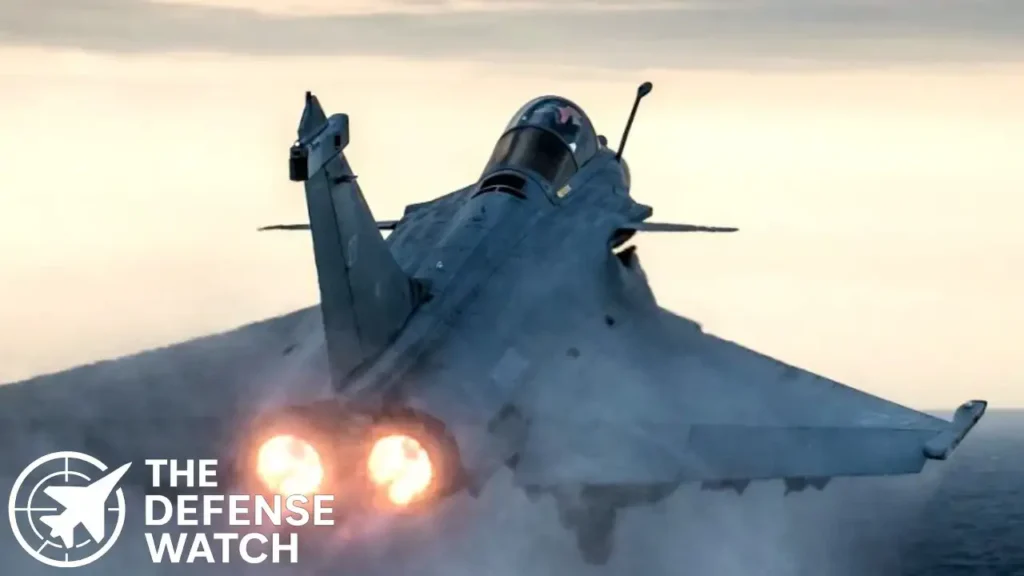
4. China (People’s Liberation Army Air Force, PLAAF)
- Modern fighter assets: Including the Chengdu J-20 stealth fighters, newer multirole fighters / export-variants. The J-20 is estimated at ~$110-120 million per unit in many analyses.
- Fleet size and expansion: China continues to build up its fleet with both quantity and increasing qualitative capability, which drives up sustainment costs significantly in procurement, pilot training, maintenance, infrastructure.
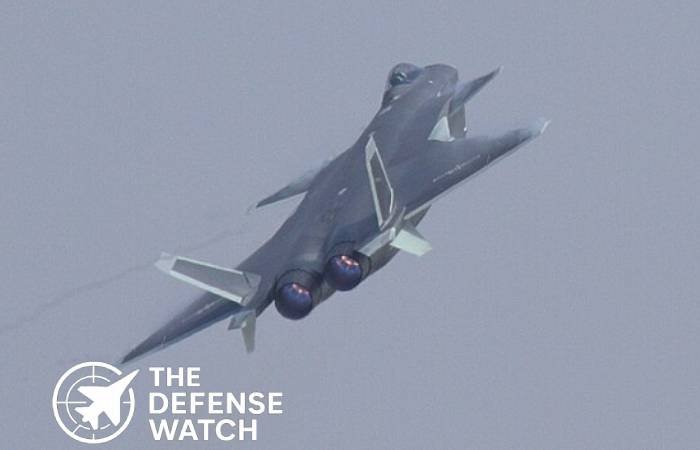
5. Russia
- Aircraft types & costs: High cost for advanced 4.5-generation fighters like Su-35, heavy investment in modernization and sustaining older airframes. While export deals are fewer (thus less public price data), internal costs of operating large fleet with harsh environmental & logistical demands are high.
- Size & maintenance burden: Russia has one of the larger number of fighter jets in active service among major powers, and its budget allocation for air forces includes significant ongoing expenses—for fuel, spare parts (often from state firms), training, etc.
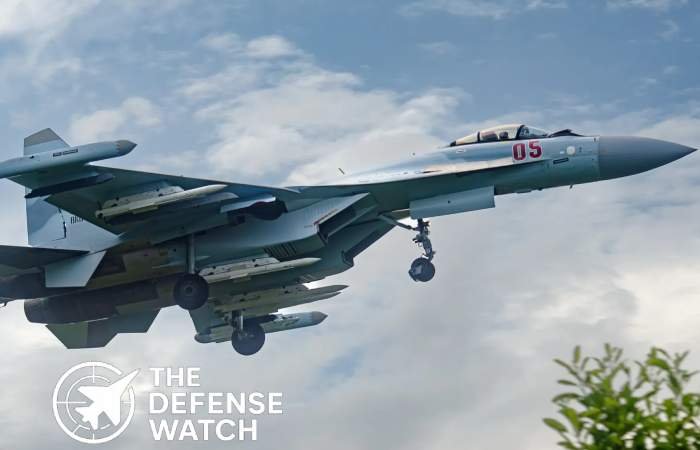
Expert & Policy Perspectives
Experts note that the true measure of “costliest fleet” depends heavily on three variables: unit cost × fleet size × whole-life sustainment. For example, a country might spend more per aircraft but have a small fleet; another might have moderate per-jet cost but a vast number of jets plus aged units which are expensive to maintain.
Also, policy and budget stability matter. Air forces in countries with higher rates of modernization (e.g. regular deliveries, upgrades) often see costs rising sharply as they add stealth, sensor, and software features. Another factor is foreign procurement vs domestic manufacturing: countries building large portions domestically may absorb certain costs differently.
Finally, currency fluctuations, local labour rates, subsidies, and hidden costs (training, infrastructure, spare part logistics) often push final cost well above procurement announcements.
What’s Next / Impact
- Budgetary Pressure: Countries with the costliest fleets face increasing pressure to budget for sustainment and readiness—not just new acquisitions.
- Trade-offs: Air forces may be forced to trade quantity for quality, retiring older aircraft earlier, or reducing total fleet size to maintain high-end assets.
- Technology shifts: As new generations of aircraft (sixth-generation, unmanned or optionally manned systems) rise, initial procurement costs may spike, but potential exists for lower operating costs per mission if efficiencies in logistics, maintenance, and automation improve.
- Geopolitical implications: Those nations that can sustain high-cost fleets maintain a deterrent effect and strategic airpower projection; capability gaps in others may define regional balances in coming decades.
Closing
In summary, as of 2025, the United States leads by a wide margin when it comes to total cost of its fighter jet fleet, followed by nations like the UK, France/Eurofighter operators, China, and Russia. All five air forces face rising costs—not only purchasing but maintaining and operating increasingly complex aircraft. How they manage these costs will shape not just their airpower capabilities, but their broader military postures in the face of evolving threat dynamics.

